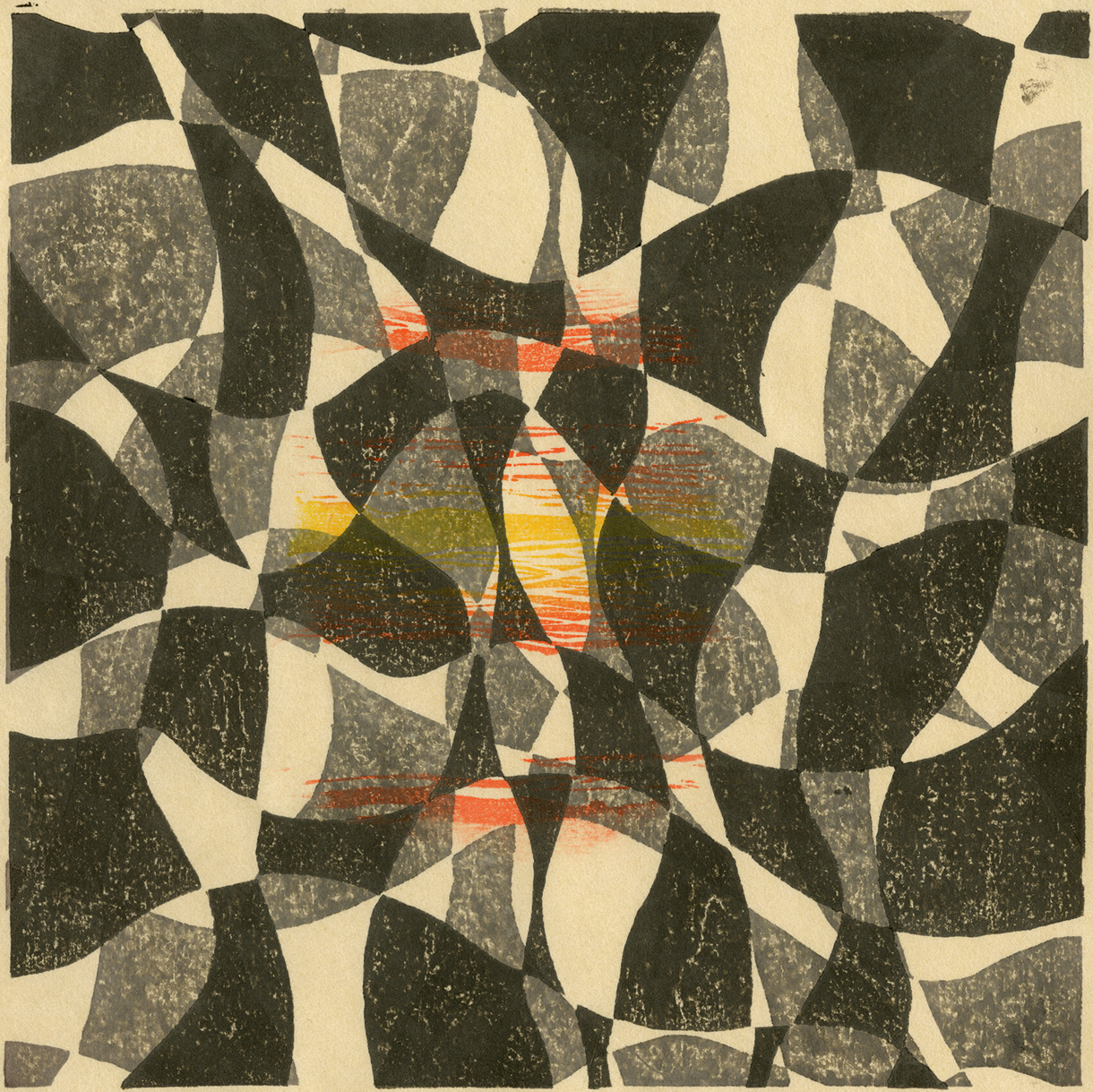
Preface
An open question: Is the renewed interest in nature nowadays a true element of today’s Zeitgeist, or is it merely a typical phenomenon, a by-product, as it were, of renewed interest and awareness on the part of the editors of Delos, who suddenly are seeing signs of such interest everywhere, after having selected the theme of “Literature and Nature” for this spring 2019 issue about twelve months ago?
Certainly, there are some signs of an extraordinary resurgence of interest in nature, for example, the best-selling author, a forester by profession, Peter Wohlleben’s The Hidden Life of Trees (2015), and his companion work The Inner Life of Animals (2016; both works translated from German by Jane Billinghurst, 2016 and 2017). For writers and their translators as well as for artists, the human connections to the world of plants and animals are of particular interest. Research and startling discoveries in the context of the era of environmentalism and sustainability go back a few decades, such as Jane Goodall’s work with primates and the Dutch primatologist Frans De Waal’s famous book, Chimpanzee Politics (1982).
Closer to today, interesting studies and research are taking place in cross-species interactions such as reciprocal altruism in animals. And there are the very accessible findings in innovations by Janine Benyus, who coined the term biomimicry, combined with her not so subtle recommendation, “Human beings should consciously emulate nature’s genius in their designs.”
What makes the theme of “Literature and Nature” additionally attractive for some of us located in Gainesville, Florida, is being more or less part of the “other” Florida. Only a few miles southeast of the university-metropolis Gainesville, within commuting distance, Cross Creek was the home of one of the best-known writers of the other Florida, Marjorie Kinnan Rawlings. Cross Creek? It borders the “Big Scrub,” the Ocala National Forest, where in addition to the typical Florida alligator warning signs, there are street signs gently alerting motorists to the presence of black bears. Even more important than these signs of otherness and nature are the hundreds of natural springs in the other Florida—thankfully not completely exploited and despoiled by commercial and touristic interests.
Delos. Creative writers and their translators do not follow a specific curriculum or ascribe to any particular set of ideas in prescriptive ways. Nevertheless, nature, human nature, the human condition, and the connectedness of things is subtly reflected and depicted, for example, in Theodor Fontane’s classic novel, Der Stechlin (1897), translated by Jane K. Brown, the first chapter of which is contained in this issue. Another work from German, William Ruleman’s translations of five poems by Georg Heym, offers Nature as a broad prospect laid out for the poet to interpret.
It is not always easy to get a perspective on Nature, however. In the story by the Haitian writer Mirline Pierre, a child’s perception of the natural includes a home among streets of bookshops and funeral parlors, streets which are abruptly turned to rubble by the 2010 earthquake. Another story from the same island, by the Dominican writer José Alcántara Almánzar, tells of a mysteriously wounded man’s longing for the ocean. Two delicate poems by the Guadeloupean poet Guy Tirolien complement these island stories.
From a more distant island, Japan, two brief tales by Yoshiro Takayasu evoke a nature inhabited by fairies and spirits of the water and forests—refugees from their own disappearing world, uneasily encountering the human.
Tobias Hülswitt’s narrative of parents watching over their premature child in a hospital ward, week after week, hovers between the miracle of survival and the naturalness of death. A different reminder of mortality is Jacopone da Todi’s poetic tour de force enumerating all the natural (and some unnatural) horrors he longs to suffer in his shame at being human.
A special note on the contribution of Esther Heboyan, a handful of poems by the Turkish poet İzzet Yasar. As Professor Heboyan was working on these translations, the poet himself died. Sad as the circumstances are, we hope that these poems will alert translators and readers to a complex body of work.
We are pleased to present Amy Newman’s translations of some of the letters of Antonia Pozzi, the Italian poet and photographer. These are the passionate letters of a teenage poet in love, reaching for the social world of literary and moral debate at the same time as she imagines marriage and motherhood.
A different epistolary question is addressed in the essay by Alberto De Simoni; he tackles the question of whether it is better to translate proverbs used by the fourth-century letter-writer Libanius with English-language equivalents, or rely on the reader (and footnotes) to grasp the savor of the original imagery. This essay began as a paper at a graduate student conference here at the University of Florida, and we hope to have more contributions developed from conference papers.
Ben Hebblethwaite takes us back to the Caribbean with a discussion of the background of reggae songs and the challenges of translating Rastafarian “Dread Talk” in his essay on two songs by Chronixx.
We are grateful for the permission of Mirline Pierre, Tobias Hülswitt, José Alcántara Almánzar, and Yoshiro Takayasu to include the translations of their work, and to Seçkin Yasar for permission to print İzzet Yasar’s poems with their translations. Éditions Présence Africaine has kindly allowed us to reprint Guy Tirolien’s poems and the translations of them by Eva Ulrike Pirker. Thanks are due also for permission to include translations of Angela Pozzi’s letters, to the Centro Internazionale Insubrico “Carlo Cattaneo” e “Giulio Preti.”
Hal H. Rennert
Judy Shoaf
Julia Morrisroe
Day’s End
Mokuhanga Woodblock Print, 2017
Delos Vol. 34, No. 1, pp. v–viii. Copyright © 2019 University of Florida Press. doi: 10.5744/delos.2019.1000